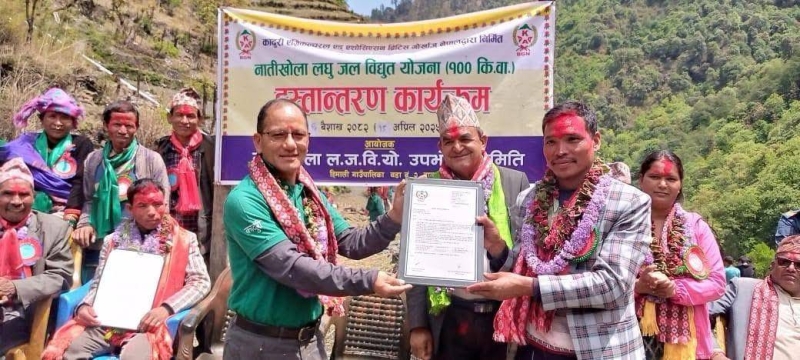Tresspassing cattle endanger wild buffaloes
Tresspassing cattle endanger wild buffaloes
Published: 12:00 am May 07, 2002
Conservation of wild buffalos, a species endangered, has come under threat in Nepal due to the uncontrolled entrance of thousands of cattle in the area of Koshi Tappu Wildlife Conservation (KTWC), the only one conservation for the protection of wild buffalos.
KTWC administration has been conducting a ‘remove domestic animals’ campaign every year in order to stop the entrance of domestic animals, which has appeared as a major problem for the KTWC in the attempt of protecting wild buffalos for many years.
One hundred forty six wild buffalos are reported to be there in the KTWC, a conservation established in 1976 to protect and promote endangered wild buffalos: Bubalus babalis arnee, in a survey report conducted by Dr. Joel T. Heinen, professor of Florida International University four years ago, which is 25 per cent less than numbers ten years ago.
The species already extinct in the other parts of the world can be found only in the KTWC, so the conservation has its international significance. Some wild buffaloes have been reported to be found in the state of Asam state of India.
Ganga Ram Singh, warden of the conservation states that about 10 thousand domestic cattle have entered in the Koshi Tappu Wildlife Conservation, which is known as the ‘weird capital’.
Locals of western Khushaha, Dumraha, Madhuban, and Amaduwa Village Development Committees (VDC) reiterate that they are getting the cattle grazed in the conservation area since there are no another pasture to graze their cattle.
Warden Shingh says, “Hundreds of cattle give birth to young ones, rear and die in the same area which has alarmingly causing to extinction of the animal.”
The conservation area spread over 175 square kilometres, constitute areas of Sunsari, Saptari and Udayapur districts. Large number of tresspassing domestic animals compete with the endangered wild buffalos for acquiring their food because of which the wild buffalos are suffering food and space scarcity.
Since they have no food, they are forced to come out of the conservation area and destroy the crops of the fields in the adjoining areas. At times cases of maiming and harming people are also reported.
Kul Prasad Limbu, studying on the problems faced by the wild buffalos says, “This problem has affected the while area of KTWC. He notes that the situation is the outcome of unmanaged activities of the government as well as unmanaged conservation administration.' Among many other problems, one important and interesting problem is the identification problem of the wild and domestic bufalloes. Due to the cross sexual relationship between wild and domestic animals, the numbers of hybrids is soaring, which finally has caused the possible failure to efforts to protect species.
“To chase cattle away from the area is not easy as said”, states the warden Shingh. According to him, this problem has been raising a debate and tussle between the conservation administration and villagers. He further adds, “We can neither kill all of the cattle in the conservation area nor can persuade the villagers to shift their cattle out from the area.”
He notes that he is compelled to keep quiet even the wild buffaloes are in a dreadful condition and he opines that the wild buffaloes will certainly be extinct if the situation persists, as he has not given any rights by the government to take strict action against the villagers.
“There may be 150 wild buffalos in the conservation area but this data is not authentic,” says warden Singh.



